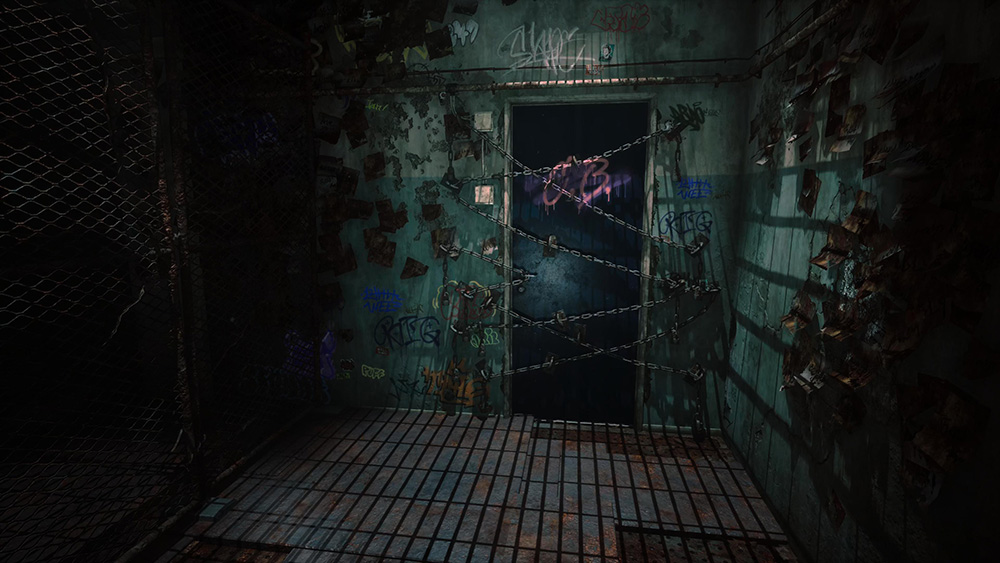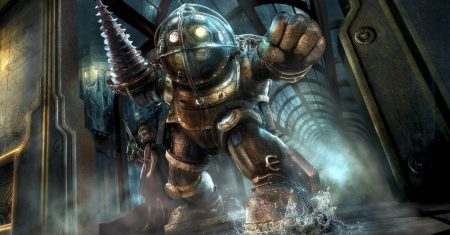Nearly a decade ago, Hideo Kojima’s P.T. (Playable Teaser) gave us a hands-on preview of what the next Silent Hill could be. While that particular horror game, Silent Hills, infamously never fully released, it did inspire ten years of scary first-person games from Bloober Team’s Layers of Fear to SadSquare Studio’s Visage. While these experiences never quite captured the magic of P.T. or the hope of Silent Hills, they provided echoes of what could have been.
Following Playstation’s State of Play event on Wednesday, January 31st, Konami announced and released the first playable Silent Hill game since August 12th, 2014. Even better, Silent Hill: The Short Message is the first complete story since 2012’s Silent Hill: Downpour.
While it plays out over three chapters, The Short Message is not a false advertisement: the game is brief at only two hours, assuming you are a completionist. The Short Message might not be a true return to form, but it is far from a mere facsimile of what came before.

Cautiously Looking Back
I was cautiously optimistic as I started Silent Hill: The Short Message. The opening moments felt familiar. Anita, the game’s protagonist, wakes up in an abandoned, desolate space. She checks her phone before navigating individual rooms and spaces that unravel and reveal the more the player progresses.
Already, this progression was reminiscent of recent first-person horror experiences. Such familiarity, paired with the game’s price tag (free) and a name implying brevity, led me to assume that Konami was trying to capture lightning in a bottle again. After ten years, this was another teaser for a future full Silent Hill experience.
I felt more comfortable with my assumption after its opening cutscene’s similarities with moments from the reveal trailer for the next sequel Silent Hill f. The Short Message’s beautiful floral graffiti and the first “Escape” sequence didn’t dissuade me: I ran from the Cherry Blossom, a monster nearly as unsettling as Silent Hill 2’s Pyramid Head and designed by the same legendary monster designer Masahiro Ito. Fleeing from a flower-covered monster, I cautiously pressed the shoulder button to view over Anita’s shoulder during the pursuit.
Finally making my way upstairs to a dead end, I sat through what I thought might be the final cutscene and anticipated a “short message” for what would come next. The screen turned black.
Anita woke up again. The light of her phone was still shining. I had entered Chapter 2.
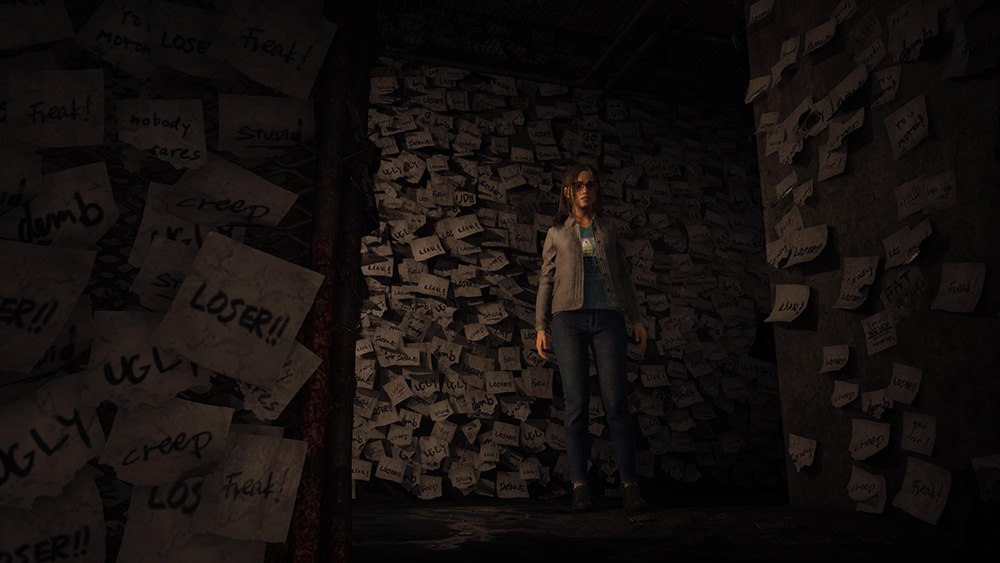
The Loop from Hell
Silent Hill: The Short Message focuses on three characters: Anita, Amelie, and Maya. Players assume the role of Anita who is searching for her friend Maya. Maya’s art decorates the walls and pages found within the decaying space. Each chapter reveals a new loop through the building with new spaces, new artwork, and narrative reveals. Meanwhile, their friend Amelie texts and calls Anita throughout.
The brief experience leans on the subtle changes between these three loops: transformations of illustrations, diverging text messages, shifts in the hallway. Each of these loops contains a brief puzzle and ends with an escape sequence.
The bulk of the narrative work happens during the non-escape part of each chapter. The atmosphere creates a sense of dread where little actual danger lies. The words written on the walls, Anita’s inner dialogue, and Amelie’s texts reveal the complicated relationships between the three women.
To call these sections exploratory doesn’t quite feel right. This is not a return to that terrifying town of the early 2000s. Instead, players find long hallways guiding them between strategically placed documents. This linearity leaves little to miss as it drives the player between spaces.
Those linear halls have hellish ends. Each chapter concludes with an escape section where Anita navigates labyrinth-like spaces while being pursued by the floral creature, Cherry Blossom. This monster is the only immediate threat that Silent Hill: The Short Message offers. If players let the monster catch up to them (or open the door that Cherry Blossom happens to be entering), the creature violently transports them back to the last room of the non-escape sequence.
The escape sequences kept me on the edge of my seat in familiar ways. The inability to fight back felt less like the early 2000s Silent Hill games and more akin to recent first-person horror games, such as Amnesia: The Dark Descent, SOMA, or Outlast.
I’ve spent a lot of time running from monsters in corridor mazes. What made this version of that special was Ito’s new floral creature design. These escapes never outlast their welcome, and the last one even encourages learning its labyrinth’s puzzle to unlock the game’s final Cherry Blossom door to its last big reveal and ending.
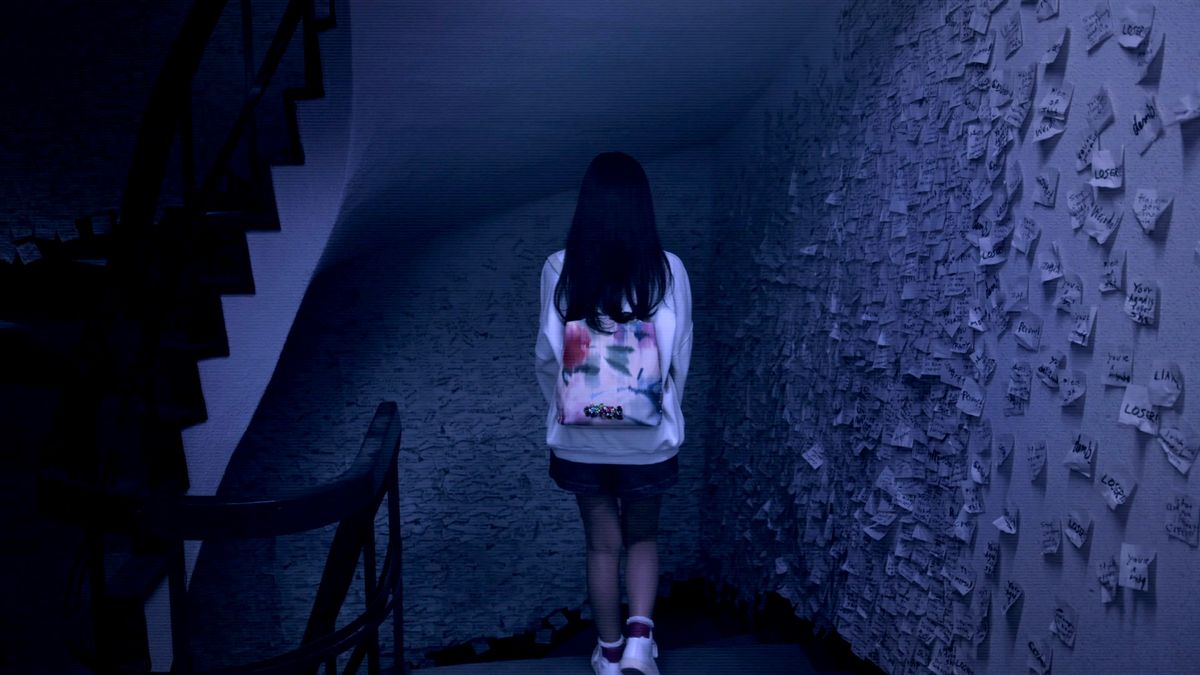
Echoes and Hills
P.T.’s Bloodied Bag—a brown paper bag with blood stains—tells the player: “The only me is me. Are you sure the only you is you?” The line serves as a commentary on the teaser’s loop structure as well as the protagonist’s role therein. P.T.’s circularity played like a series of nesting dolls with each loop pulling back a little more of its metaphorical curtain. The line lives on as a kind of mirror to P.T.’s imitators and echoes.
Silent Hill: The Short Message doesn’t reinvent with its loops; they are larger than P.T.’s circles through the house while simultaneously less full. The new game contains a more interesting color palette but fewer puzzles to solve. The new characters lack the depth of dialogue to match the brief lines of the Bloodied Bag or the Radio Station Guy. Cherry Blossom isn’t as surprising as the encounters I had with the ghost Lisa from P.T., but its design and movements are just as unnerving.
Like Lisa, interacting with the monster resets the loop. Similar to P.T.’s cast, Amelie and Maya navigate Anita’s loops while signaling a kind of temporal playing as they share competing memories or present varying understandings of past events.
My comparisons with P.T. are ultimately unfair to Silent Hill: The Short Message. The new game is not P.T. or Silent Hills, nor would I call it a spiritual successor to either. P.T.’s loops, themes, and tropes are old hat now. Its clones, copies, and inheritors have sought to bottle that initial magic and fill the gap that its cancellation left in the market.
The Bloodied Bag’s line could almost speak for P.T. now as if remarking on its own distinction from its imitators—including this new experience from within its own franchise. There’s only one P.T., but there are now many P.T.-like experiences.
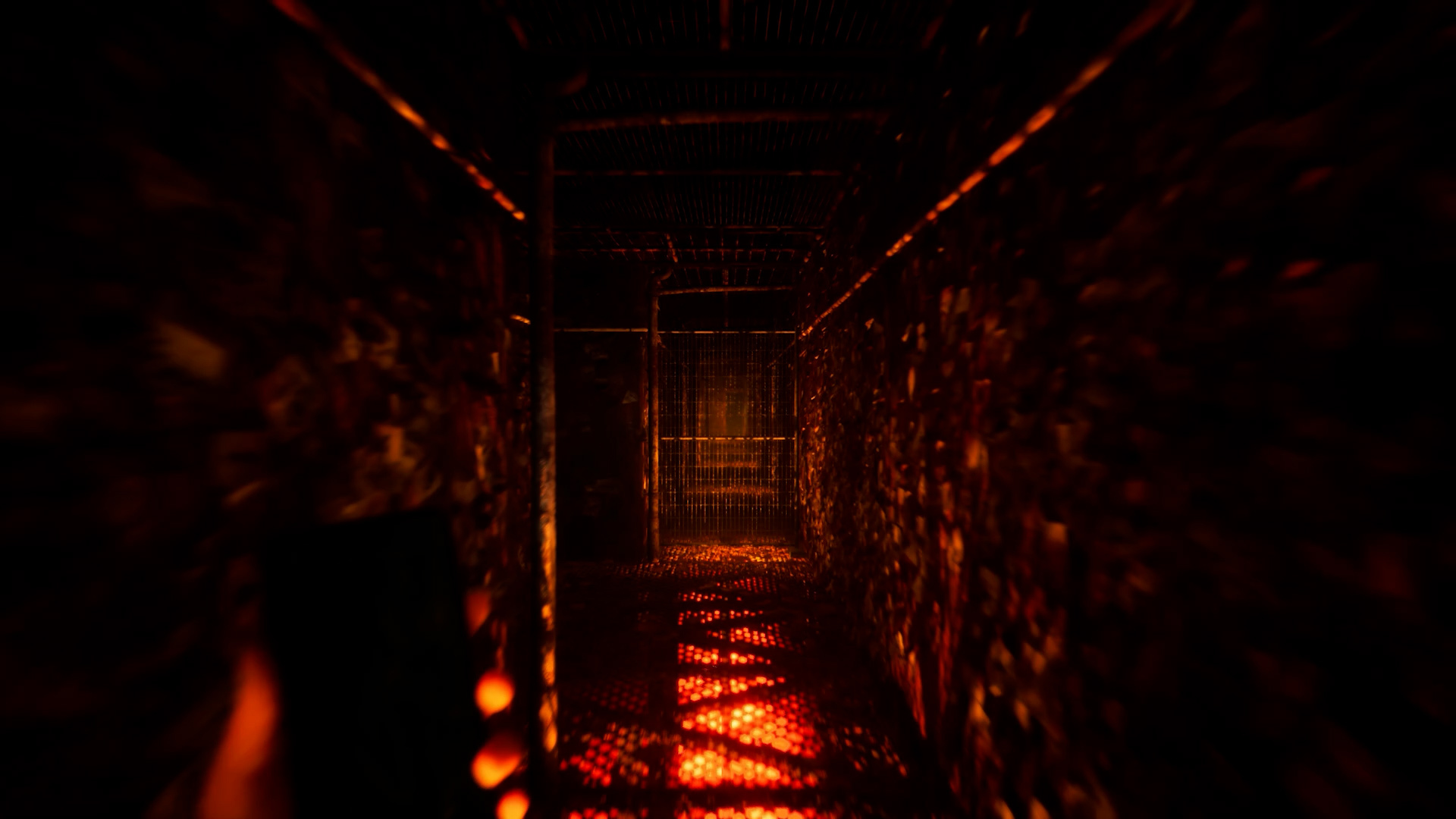
Final Thoughts
As an important closing note, the game deals with some very heavy stuff. It consistently and repeatedly posts content warnings and notices containing the U.S. 988 Suicide & Crisis Hotline along with Konami’s own Crisis resource. These are necessary additions considering the game’s themes and content. These are notices that every horror game working within Silent Hill and P.T.’s legacies should include.
Silent Hill: The Short Message feels like an echo of an echo. Its existence reverberates through the horror genre, but it is a noise we first heard 10 years ago replicated time and time again. The P.T. comparisons are still possible because of its initial stirring. The aesthetic and gameplay echoes are now indistinguishable in a way that comparison is inevitable. The difference is that this echo comes from the publisher that set that first sound into motion.
Score: 7.8/10
Silent Hill: The Short Message was released on January 31, 2024, by Konami, and is available for free on PlayStation 5.
Clint is a writer and educator based out of Columbus, OH. You can often find him writing about Middle English poetry, medieval games, or video games. He just finished a PhD in English at the Ohio State University. You can find his academic and public work at clintmorrisonjr.com.


